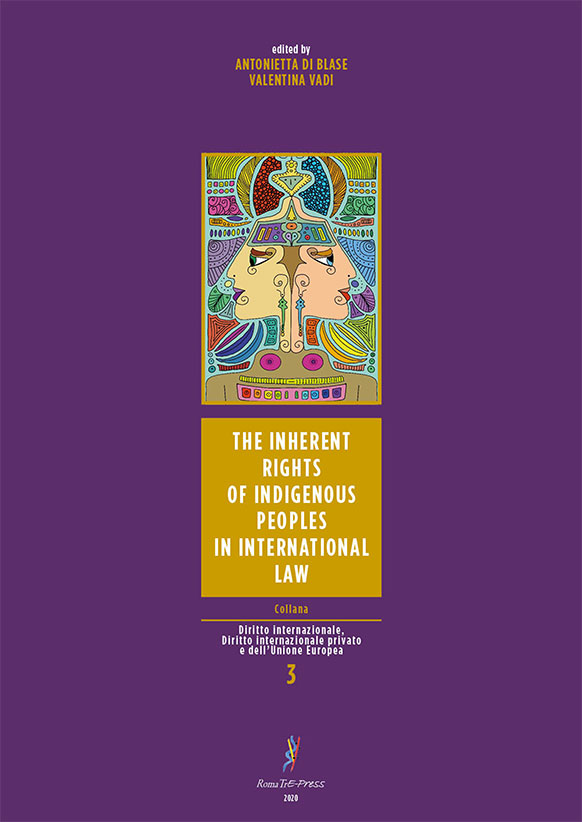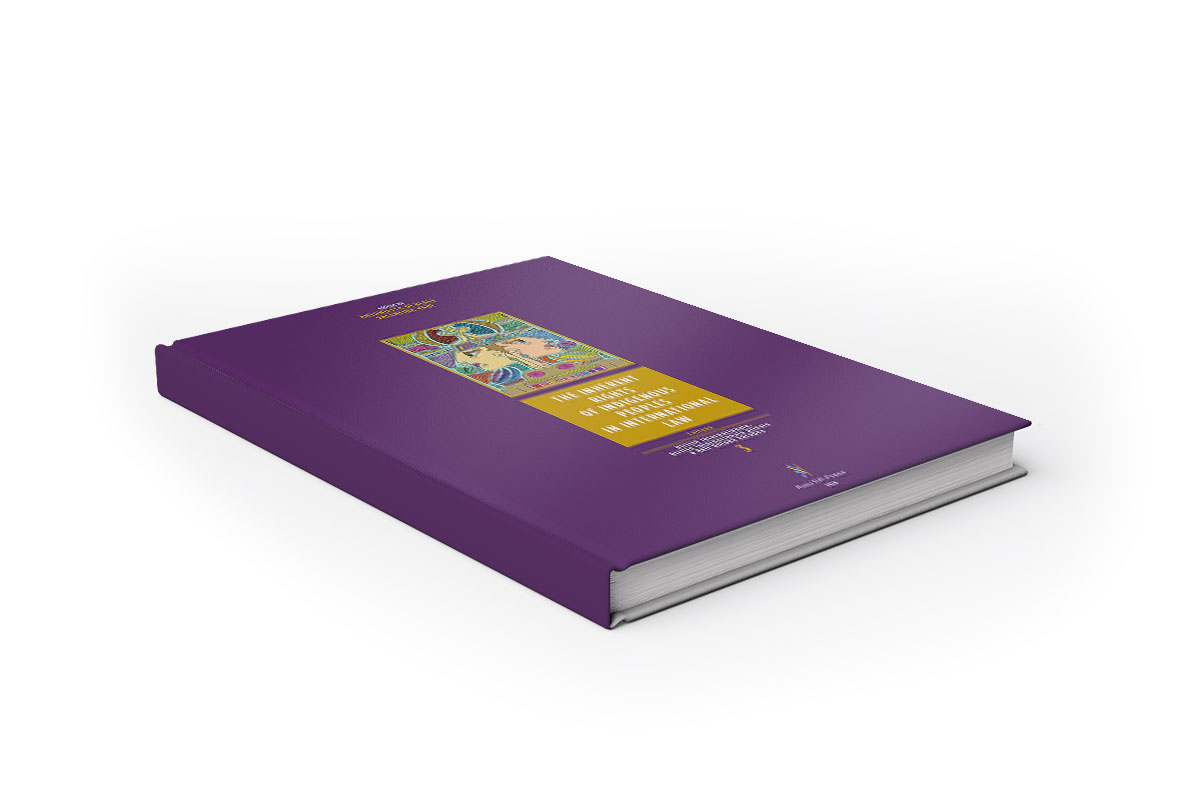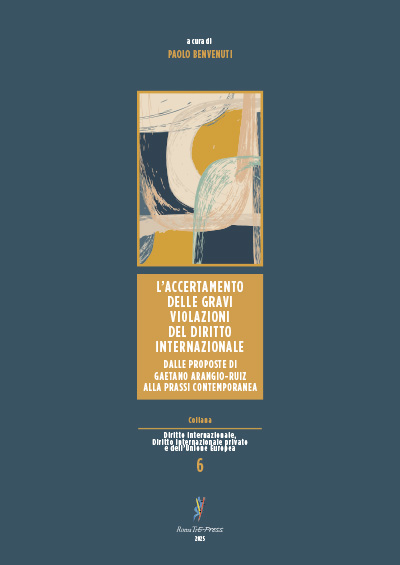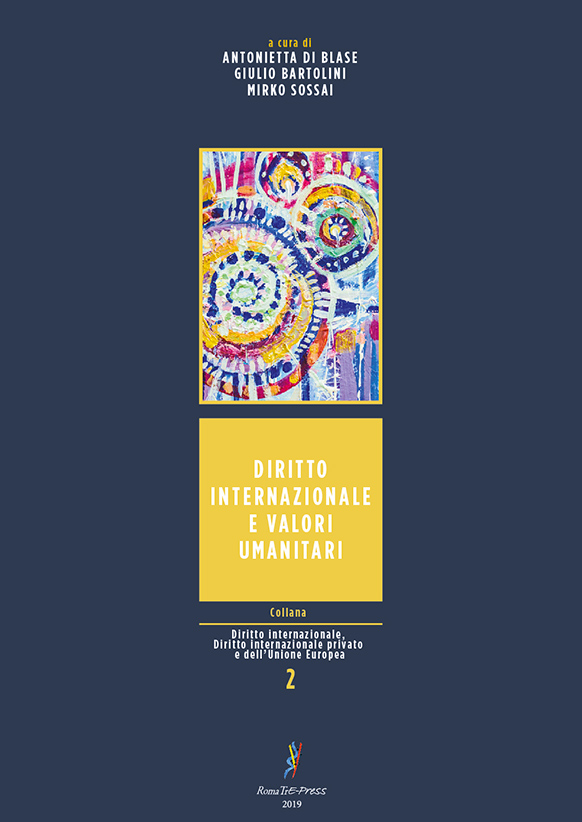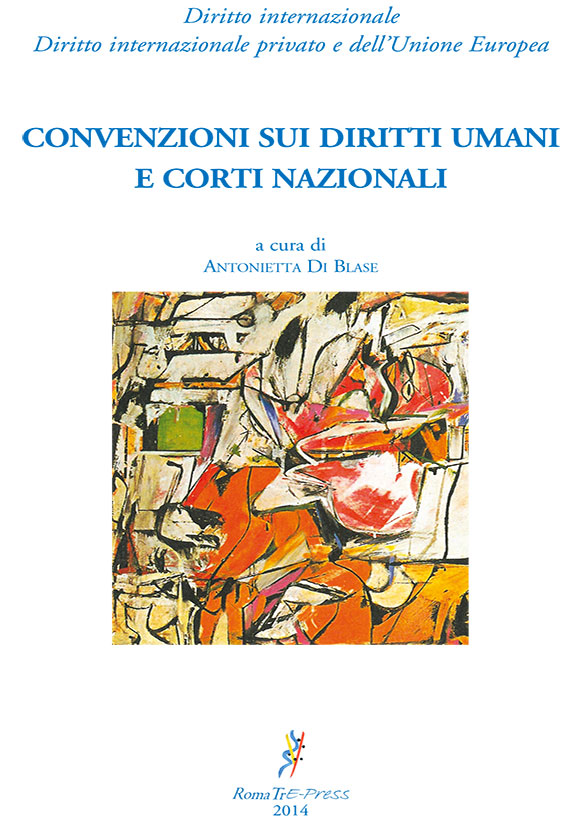Abstract
This book highlights the cogency and urgency of the protection of indigenous peoples and discusses crucial aspects of the international legal theory and practice relating to their rights. These rights are not established by states; rather, they are inherent to indigenous peoples because of their human dignity, historical continuity, cultural distinctiveness, and connection to the lands where they have lived from time immemorial. In the past decades, a new awareness of the importance of indigenous rights has emerged at the international level. UN organs have adopted specific international law instruments that protect indigenous peoples. Nonetheless, concerns persist because of continued widespread breaches of such rights. Stemming from a number of seminars organised at the Law Department of the University of Roma Tre, the volume includes contributions by distinguished scholars and practitioners. It is divided into three parts. Part I introduces the main themes and challenges to be addressed, considering the debate on self-determination of indigenous peoples and the theoretical origins of ‘indigenous sovereignty’. Parts II and III explore the protection of indigenous peoples afforded under the international law rules on human rights and investments respectively. Not only do the contributors to this book critically assess the current international legal framework, but they also suggest ways and methods to utilize such legal instruments towards the protection, promotion and fulfi lment of indigenous peoples’ rights, to contribute to the maintenance of peace and the pursuit of justice in international relations.

